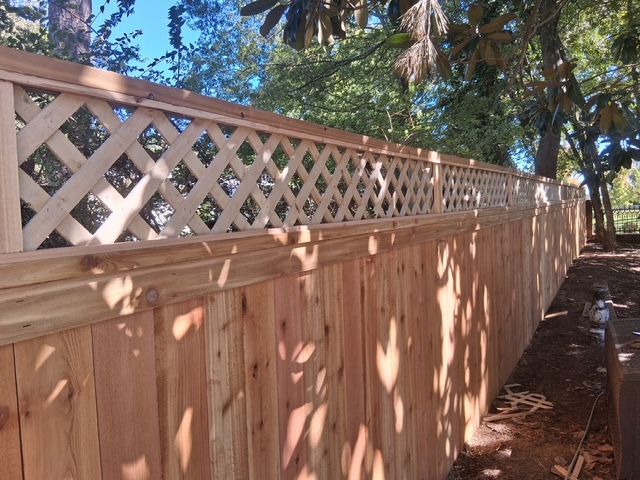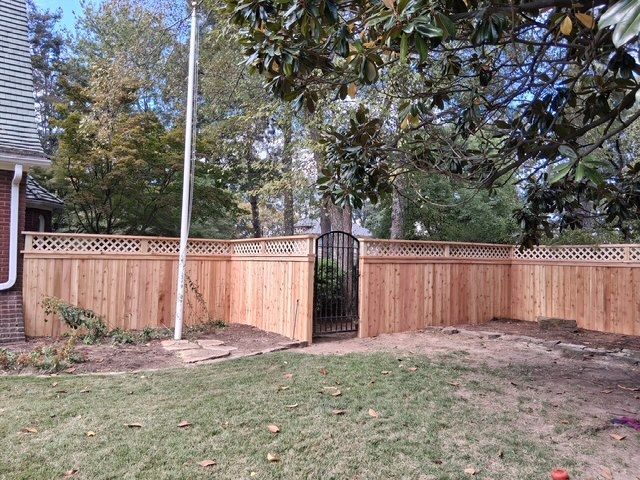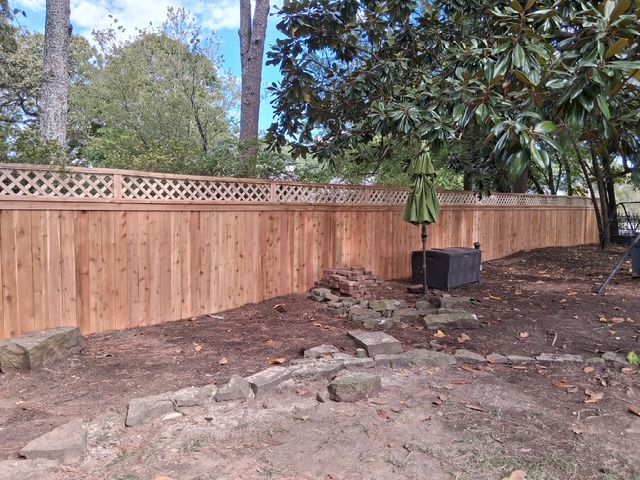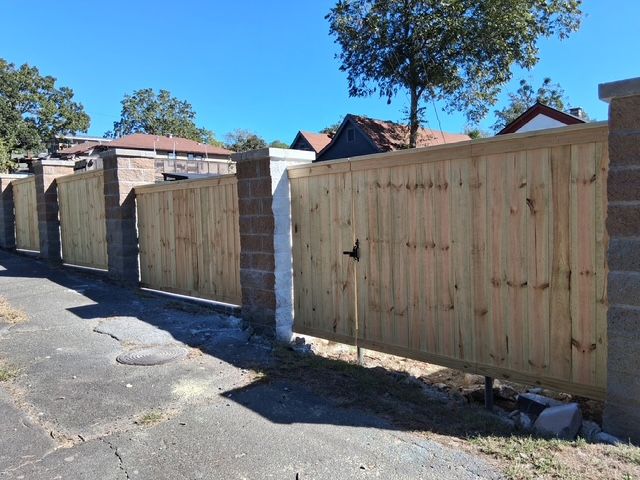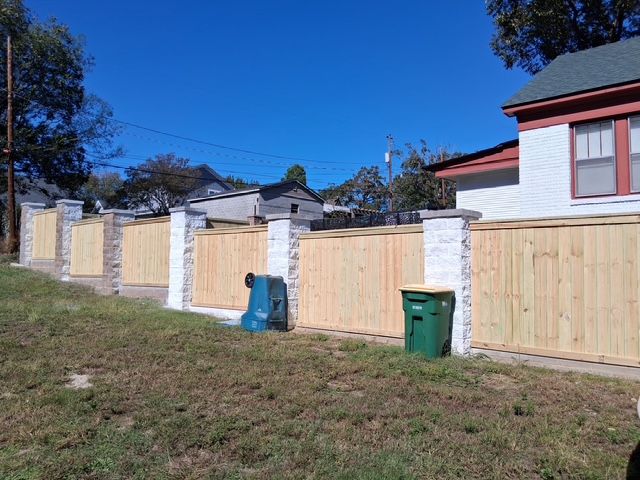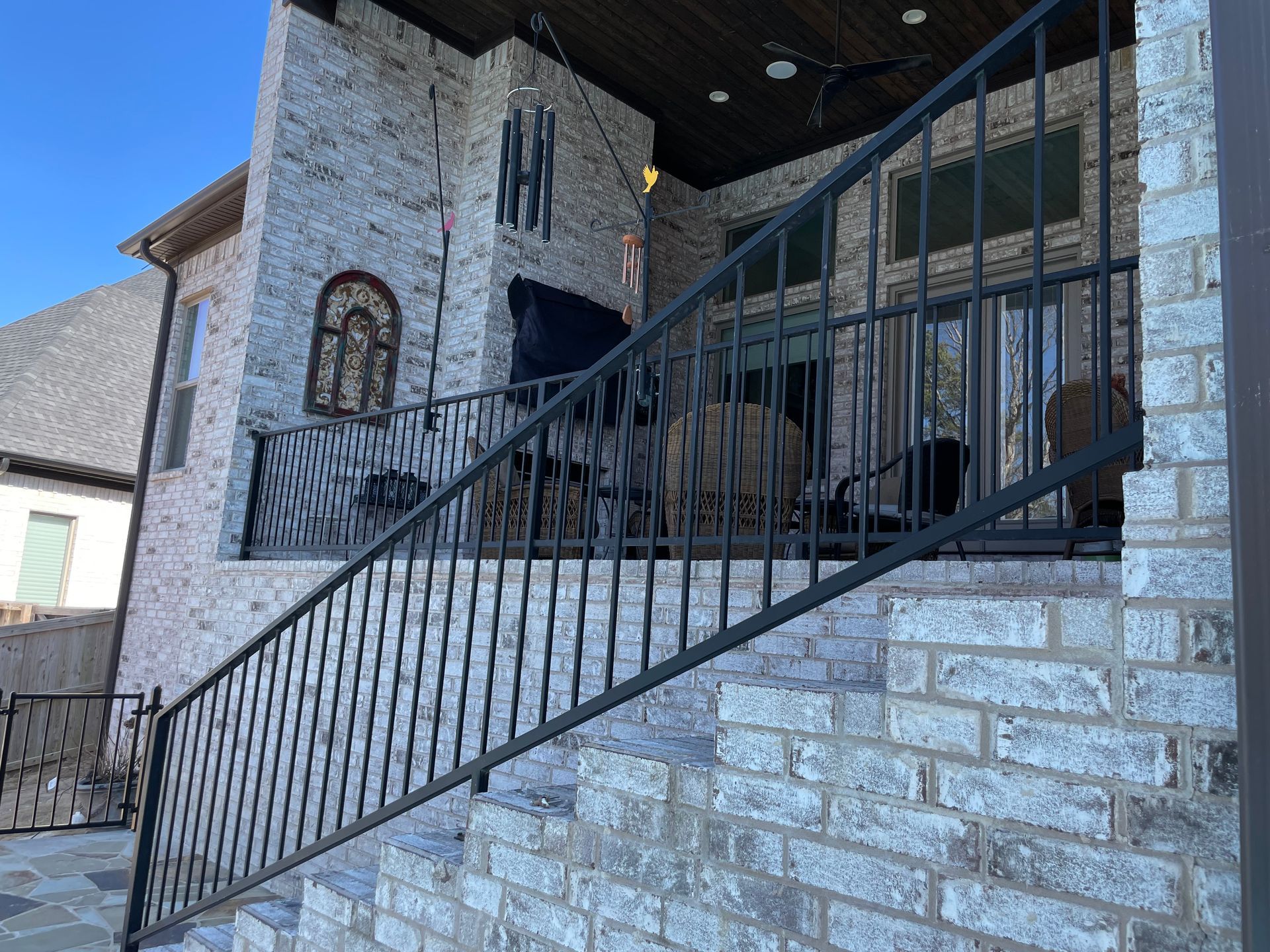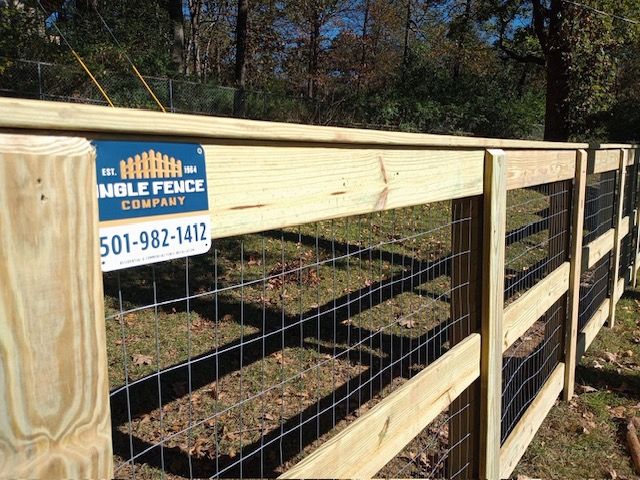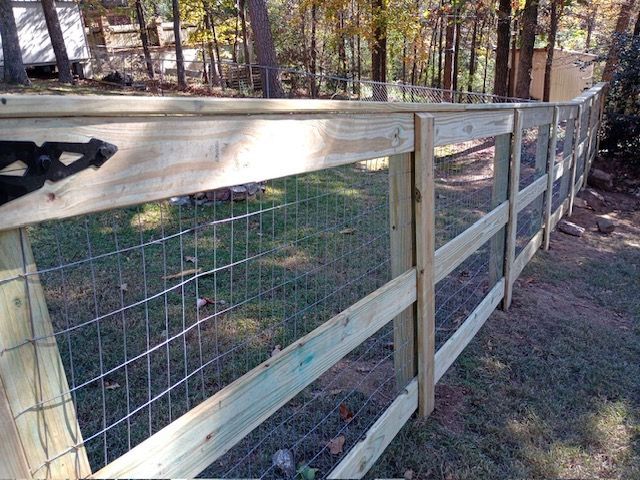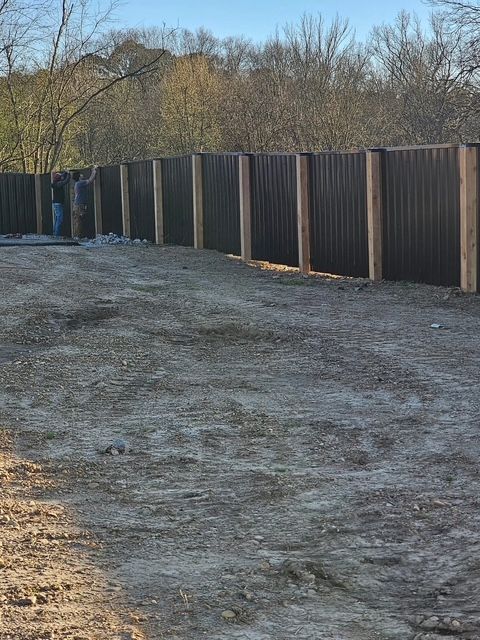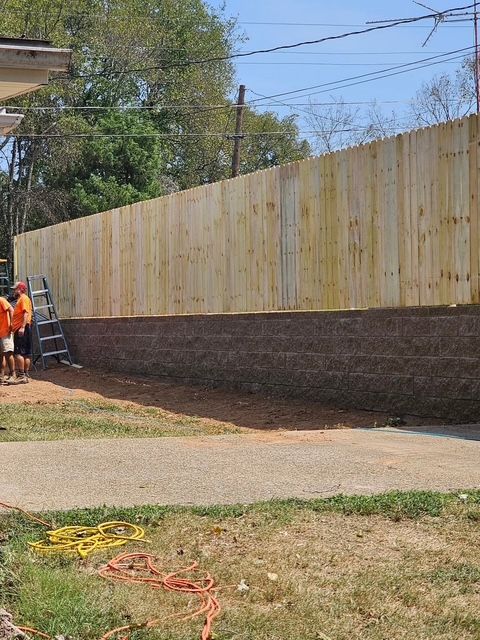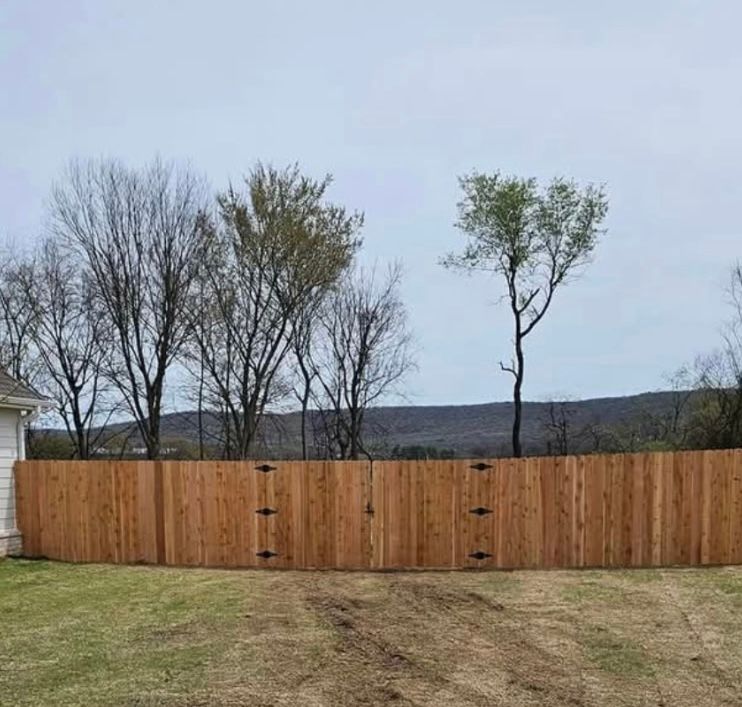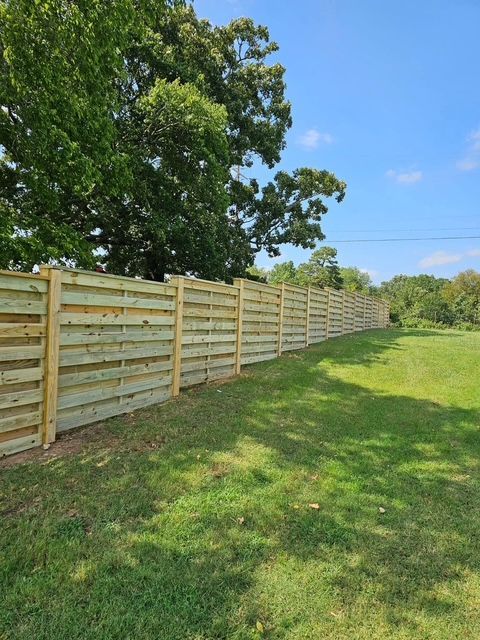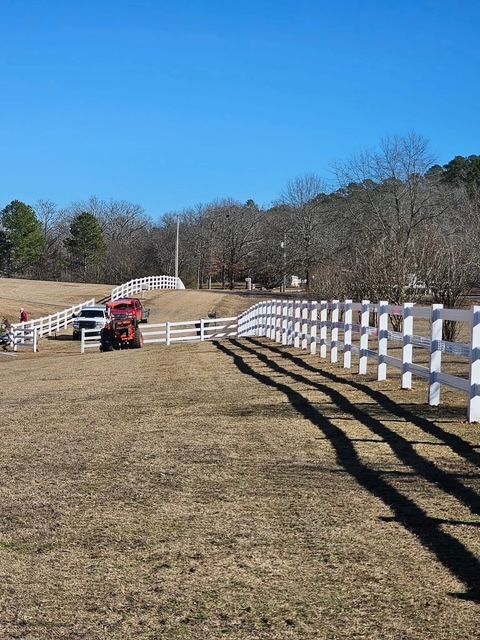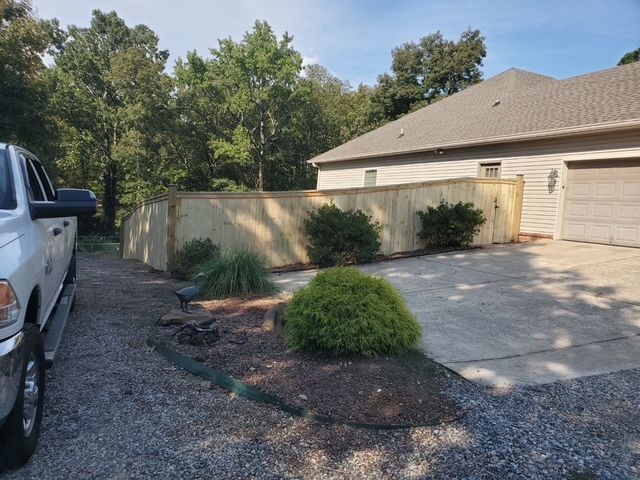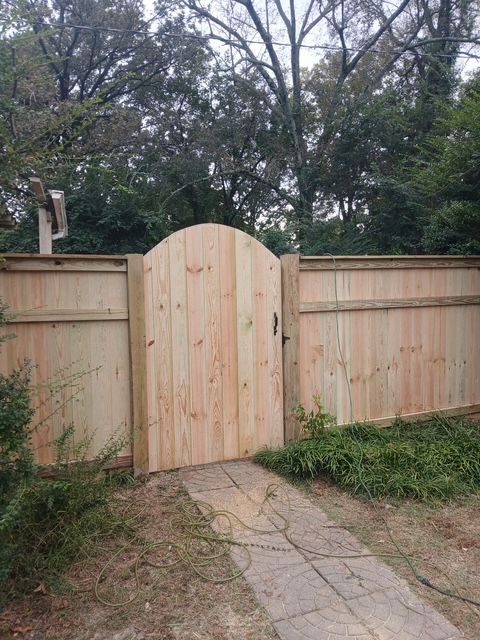Frequently Asked Questions
Which is more durable - chain link or wood?
Typically, chain link fencing lasts longer; Substituting steel posts in a wood fence will give you the best of both worlds.
What is the preferred fence height?
Fence heights vary considerably, from the ornamental, two-foot high picket fencing typically surrounding lawn or flower borders to a twelve-foot tall tennis court fence. However, the typical back yard fence is six feet tall. Front yard fencing is either three or four feet tall.
How high can I build my fence?
Check with your City, each city varies
My neighbor is putting up a new fence on our shared property line. How much input am I allowed?
If the fence line is wholly on their property, you don't have any legal say-so in the type, material, height, etc., of the new fence. It helps to have an open dialog with your neighbors before hand, however, so maybe this can be discussed amicably.
What's pressure-treated wood?
It's wood that has been pressure-impregnated with an effective preservative. This treatment helps wood resist attacks by termites and decay-causing fungi.
What are some of the advantages of pressure-treated wood?
It's economical; works easily with common tools; is naturally attractive; durable; strong for its weight; and is readily available in a wide variety of sizes and styles.
What guarantee does treated wood have?
No guarantee is offered.
What about any cracking, warping, and graying that may show up over time?
Even though pressure-treated wood is protected from termites and fungal decay, it is still a porous, natural material. Wood swells when it absorbs moisture and shrinks when it dries out. The drying process creates stresses in the wood, which contributes to cracking and warping. The sun's ultra-violet (UV) rays cause the wood to turn gray. Pressure-treated wood is subject to these effects, just like other lumber.
What can be done to eliminate the effects of weathering and keep that "new fence" look?
What can be done to eliminate the effects of weathering and keep that "new fence" look?
While there's no way to eliminate the weathering of wood, it's relatively easy to minimize the effects:
- Use three back rails (6' fence), two backrails (4', 5' fence), or 4 backrails (8' fence) for more hold-down points.
- Treat the surfaces of fence boards with a water-repellent solution to reduce the rate that moisture is absorbed and released. This solution should also have a good UV inhibitor if you don't want the fence to gray.
- Follow a regular maintenance program of cleaning and refinishing every few years with a "clear" or "toner" water repellant containing UV inhibitors. This will revitalize a dingy appearance caused by dirt, mildew or graying.
Chain Link Fence - Chain link fence helps define boundaries and offers protection for your property.
Ornamental Fence - Ornamental fence delivers strength and protection while enhancing the aesthetic beauty of your property.
Vinyl Fence - Vinyl fence is virtually maintenance free and offers outstanding quality and value.
Wood Fence - Wood fence offers affordable privacy and protection for your property.
Are all chain-link fences the same?
Chain-link has four elements: fabric, framework, fittings and gates. How you combine them makes all the difference. Each of these components are available in a range of weights (gauges) and types of protective coatings. Providers can mix and match components in an effort to shave costs or differentiate their product. Our minimum recommendations will typically follow the minimum practices defined by the American Society for Testing and Materials (ASTM). The most common coating is zinc (galvanized), but you'll also find chain-link components with vinyl or polyester color coatings in addition to zinc. These color treatments enhance landscaping and blend naturally with trees, shrubs and bushes. They'll also give you even more protection against corrosion or rust.
Will my wood fence crack or shrink?
The wood boards we use to build your fence still contain some moisture from when it was processed at the saw mill. Moisture keeps the wood from cracking or shrinking. After installation, your wood fence will shrink a little as the wood drys out in the sun. This is normal and part of the natural aging process wood experiences when exposed to the elements.
Should I paint or stain my fence?
We recommend applying a protective finish to the fence once it is installed. This helps to minimize the effects of weathering and to maximize the lifespan of your fence.
What kind of care and maintenance will my wood fence require?
We recommend applying paint or stain every two years or as needed.
What is vinyl fence made of?
The base ingredient is rigid PVC (polyvinyl chloride) modified to provide superior impact strength and ultraviolet (UV) resistance. The formulation is similar to that of vinyl siding which has a 20-year history of providing long-term durability and structural integrity.
How strong is vinyl fencing?
Vinyl can be impact modified and quality vinyl fence is engineered to meet or exceed the requirements necessary for excellent performance in the field.
How do I clean vinyl fencing?
Use of a non-abrasive liquid cleaning agent is normally sufficient. However, for more stubborn stains, a product similar to Soft Scrub may be helpful.
Can I paint vinyl fencing?
Vinyl fence does not require painting maintenance.
Why is vinyl fencing more expensive than wood?
Over the long run, vinyl fence is cheaper than wood. Although your investment is more initially, this is where your expense ends. The cost difference is quickly eliminated once the continous cost of maintaining wood is considered.
Should I notify my neighbors about the fence replacement?
Yes. Your neighbors will need to make arrangements regarding their pets and may wish to secure their back yard. They may also wish to remove items from their side of the fence, as items attached to the fence may be unknowingly damaged or disposed of during removal.
Will you remove items attached to my fence such as lattice, equipment boxes, rain gauges, potted plants, etc.?
We ask you to remove your valuables from the fence and work site, so the items aren’t unknowingly damaged or disposed during the fence removal process.
Does the crew trim tree limbs or bushes in the way of the fence?
We ask you to handle all required trimming prior to fence installation.
Should we be concerned with deeds and codes relating to our fence or gate?
Yes. You will need to read the deed restrictions relating to your fence. HOA deeds and local building codes can restrict fence heights, easements, stain color preferences, and even material types. However, deeds within HOA associations can vary greatly, and it is your responsibility to read and comply with established requirements.
Will Ingle Fence Co. locate underground utilities?
Ingle Fence Co. will call Arkups prior to the excavation.
What is the scheduling process?
Our fence consultants will work with you and your family to coordinate scheduling options. The start date could vary from one to three weeks, depending upon the size of the project, material availability, current work load and weather.
Is it normal to have color variances between cedar pickets?
Yes. Since cedar is a natural wood product, it will normally vary in color and hue.
Why should we choose Ingle Fence Co. for our fence project?
Because at Ingle Fence Co. we don’t believe in cutting corners. Our attention to detail and quality will deliver a project that will beautify and add value to your home. Our experienced skilled fence consultants will help guide you through the selection process, while our team of skilled workmen will complete the project with a minimum of interruption and leave your landscape clean and orderly.
How long will my wood fence last?
There are many factors that affect the life expectancy of your fence. Climate, sun exposure, water table, insect population and the type of wood you have chosen are just to name a few.



